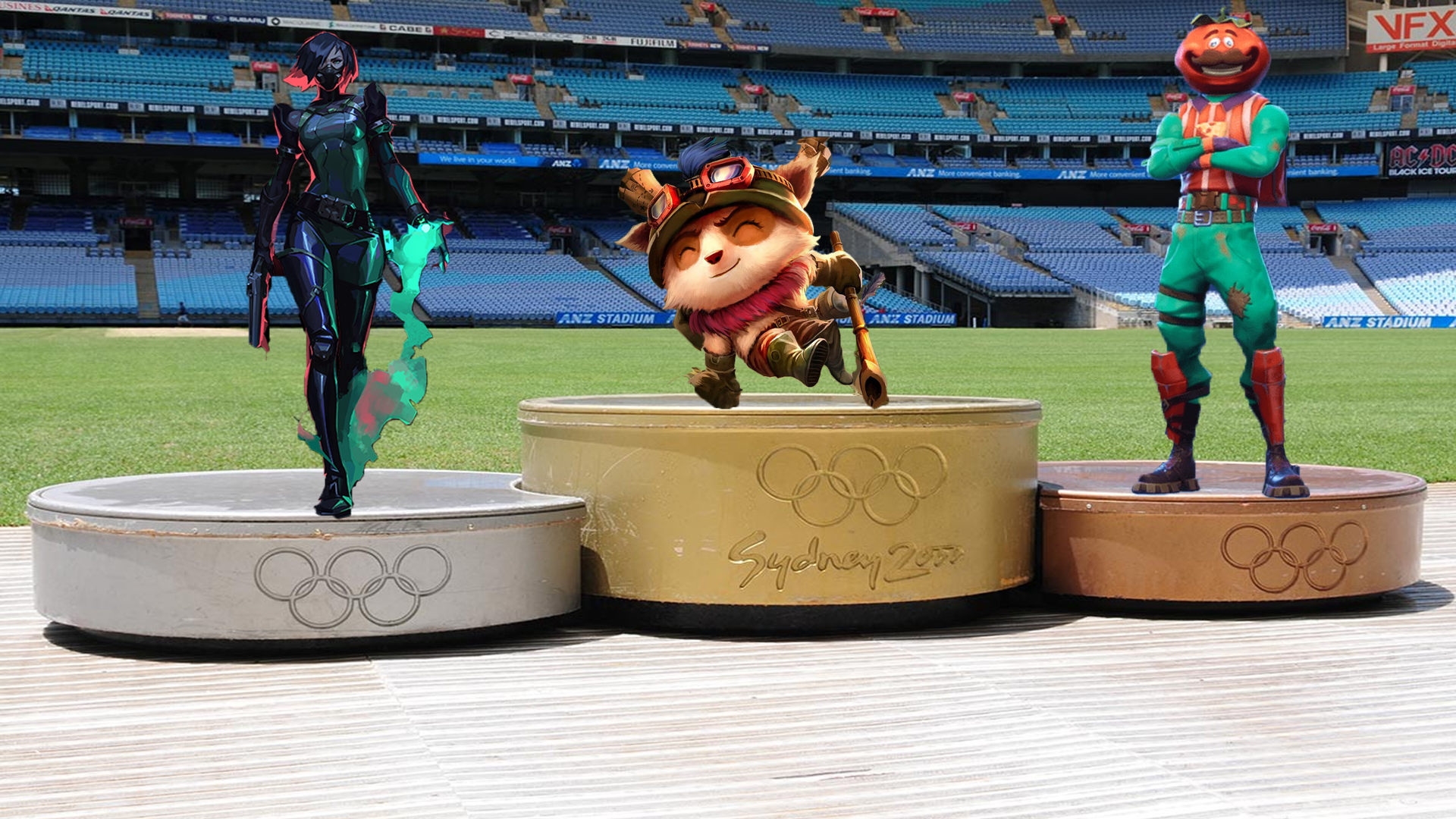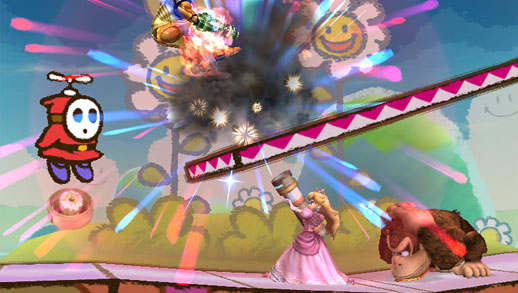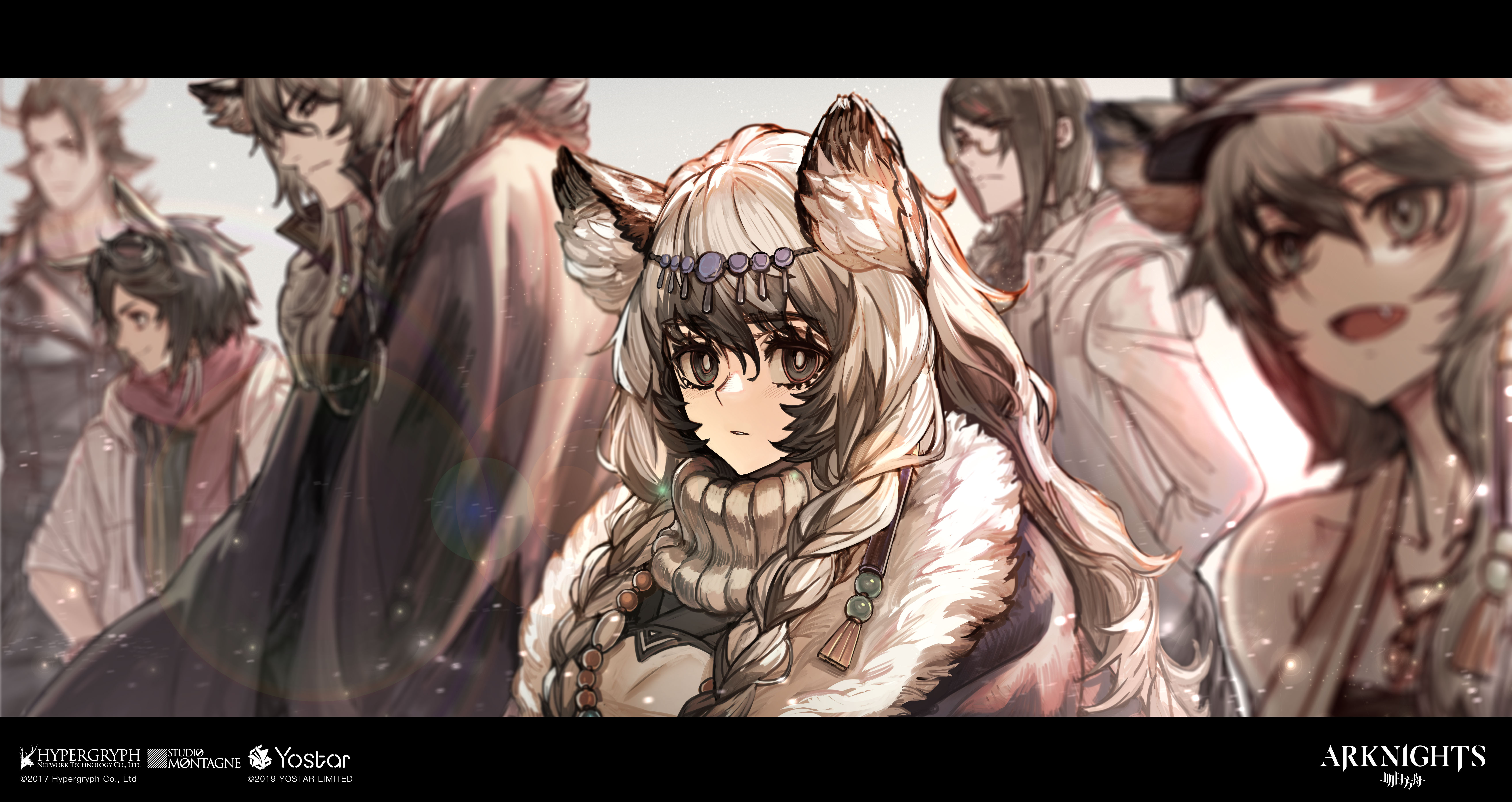The Limits of eSports
Does competitive design work for the industry?

One of the entries in the Deep Dive series that I’m going to write will be about Real-Time Strategy (RTS) games. The RTS genre is one that has changed the most with the advent of trying to grow the eSports scene, as we saw with the rise of StarCraft, the shift to MOBAs, and even with the changes to the design seen in series like Age of Empires and Company of Heroes. But despite what big teams, sponsors, and major tournaments will lead you to believe, eSports as a part of the game industry itself still feels more like an anomaly rather than a major aspect of it, and I question whether or not it has been a net gain or loss when it comes to the industry itself.
Competition vs. eSport
Any genre can be played at the competitive level; we’ve seen this from the likes of mobile games, speed run challenges, and even the Tetris World Series. But there is a difference between a game that can be played like that and one that can become a formal eSport.
A defining aspect of eSports design is trying to level the playing field in terms of balance. This can be anything from designing characters with specific types of moves and combos to flattening out maps so that they are as balanced as they can be. The reason why the fighting genre blew up as much as it did here in the US is that it is by far the “sportiest” genre that consumers and players can wrap their minds around: two players, one screen, and whoever runs out of health first loses.
It is universally known at this point that people who play games at the eSports level think and consume games far differently than anyone else, and those points will be brought up again further along in this article. During the 2000s when the RTS genre was at its peak in terms of recognition, there was a trend of developers and publishers chasing after them to try and make their game the next “StarCraft”. We saw this push come in a big way from EA and really positioning the Command and Conquer franchise to be its version of Mortal Kombat as StarCraft became the RTS version of Street Fighter. They were more experimental with their design and trying to find the “it” that would make their title different.
When League of Legends came about and introduced the greater market to MOBA design, that, along with Company of Heroes soon became the model for RTS-styled games — smaller maps, smaller armies, and a greater focus on micro vs. macro play. General RTS games still exist in a smaller form today, with Age of Empires and the Wargames series being the standouts lately and some indie takes here and there.
However, when designing a game for competitive and general play, what we’ve seen is that there is a huge disconnect between the people who play eSports and those who design them.
Players vs. Makers
Making a successful video game takes a lot of things that we don’t have the space to get into. One of the major trends over the 2010s has been developers trying to find ways for their game to stand out — going above and beyond in some way that is different from the genre or general core gameplay loop.

But this runs counter to the notion of “eSports friendly” games and has been something players have been pushing back on for years. We’ve seen time after time, eSports players criticize balance patches or offer their own advice for how a game should grow. But here’s the dirty truth — these suggestions are often horrible when it comes to the overall experience of these games. The problem with titles that are aimed solely at the eSports crowd is that there is no room for people who aren’t in that space to be able to get into them, or design content that doesn’t fit the specific whims of the eSports community.
Fighting games for the longest time were entirely locked to the eSports market, which also led to their decline in the 2000s. It wasn’t until NetherRealm Studios released Mortal Kombat 9 that they decided to invest heavily into the single-player and story content for the game — making something that, if you had no intention of playing online, you could still get your money’s worth. But the genre is still known for being a rough entry point for newbies. With Street Fighter 6, a lot has been debated about the use of “modern vs. classic” controls and what that means for playing the game.
One of the factors that led to the overall decline of RTS as a genre in the mainstream was the push to turn everything into a MOBA or focus exclusively on micro-oriented play as opposed to macro. The one game that did try to do the opposite was Planetary Annihilation which focused on galaxy-wide battles that could take a long time to win but were still designed mostly for the eSports crowd, with very few concessions for everyone else at launch. And remember, it’s not only about designing modes but also the UI/UX, as many games have seen complaints from eSports fans when approachability elements are added to long-standing series.
Making a game that will succeed commercially is different than making it an eSport, and there is also a difference between a game that is solely designed to be an eSport and one that gets adopted by the eSports community. Another chase that publishers and developers have tried for over 20 years is to force their way into the eSports scene. This is done by making a game that they think checks off all the boxes for competitive play, and we’ve even seen games made that were either consulted with or designed by former eSports players. Most of these games ended up failing in the mainstream because what was there did not cater to the fans of the genre.
Players vs. Consumers
We’ve all seen the numbers for engagement when it comes to major eSports events like the League of Legends World Championships or EVO, but watching someone play an eSport is not the same as wanting to play one. As I said before, part of the growth of game design has been finding new ways of experiencing a genre or doing something different with the mechanics. To go back to RTS, the 2000s period was the most diverse in terms of offerings from RTS designers, many of which were never seen as eSports material. But when the genre began to chase StarCraft, LOL, and Company of Heroes, we saw a massive drop in interest.
You can look at the sales numbers and number of reviews for many popular eSports games on Steam, and the big ones like Street Fighter 6, Mortal Kombat, and Dragon Ball Fighter Z, all have respectable sales and review scores. But there’s one thing they also all have: terrible churn rates when it comes to anything related to the eSports side. According to Steam, only 23.9% of everyone who bought DBFZ played one ranked match. In Street Fighter and Mortal Kombat’s cases, they both shipped with content that could be enjoyed outside of competitive play. What we’ve seen time and time again is that the games that only cater to the hardcore, or eSports scene, end up doing horribly when it comes to player engagement.
There are two reasons for this. First, eSports games by design and adherence to eSports players, are often very dry and lacking in terms of content for everyone else. For the longest time, fighting games only had a barebones “arcade” mode for non-multiplayer content. Before Mortal Kombat, the Smash Brothers series had the most content for people who had no interest in playing multiplayer, and part of that was Nintendo simply not caring about the eSports scene.

The second point, and the one that I will get in trouble for saying, is that eSports games are very boring to play if you’re not focusing on the competitive side. The entire notion of eSports play boils down to a hyper-focused match between two players or two teams. At this level, there is no room for improvisation, variance, or anything that takes the teams by surprise.
It is almost akin to a performance, where you are there to witness absolute perfection. But here’s the problem: playing a game like that is just boring for everyone else. As we know, there is a massive difference between playing a game at a bad/good/great level and at the eSports level. Getting to that level takes hundreds of hours of mastering and memorizing all the mechanics and optimized ways of playing. But once that’s “solved” there’s nothing else other than repeating that for infinite matches while the game has tournaments. While some of this is related to meta play or metagame, this issue is built within the very design and balancing of an eSport.
For me, this completely robs a game of what I like — being able to experiment, get caught off guard, and respond to changes at a moment’s notice. The entire M.O. of the roguelike and roguelite genre is the complete antithesis of eSports play. And it’s not just me; when we look at the churn rates of games that only cater to eSports play, most people stop playing within 30 minutes to an hour and never touch that game ever again. Only the games that feature content that isn’t eSports-friendly retain a larger player base. Marvel Snap, which succeeded last year, had tournaments and competitive play, but it also features a lot of daily and weekly events that keep the game exciting for people who just want to play it.
What happened during the 2010s, and even before that, was that instead of the eSports side being treated as a secondary market for certain games, developers wanted to make that the primary at the expense of everyone else.
Do eSports Sell Games?
As I said before, the eSports scene does generate a lot of money, a lot of sponsors, and a lot of noise, but does it help the studio that makes it? Looking back, eSports and MMOGs were the precursors to what would become the push for Games as a Service (GAAS) design: the very notion of supporting a game long-term and far beyond the retail shelf life. From a development standpoint, for GAAS to work, money must be coming into the studio to keep supporting a game with new content. This was the whole point of Valve’s presentation about turning Team Fortress 2 into a live service game.
To go back to eSports, these games generate a lot of money…for everyone who is not a part of developing the game. Where the money comes from for many of these games is in the form of microtransactions — buying new champions, new cosmetics, supporting your favorite teams and players during events - but eSports in and of itself exists as a separate entity. And that right there gets at the heart of the matter for why many games that try to be the next eSport end up failing. Just because competitive players like your game, or that you have local or international tournaments, does not mean you are generating profit month after month. These games can become a money pit for studios, and it’s hard to tell if even the big names in the space are actually earning a profit for the amount of work that goes into maintaining and developing them.

At the end of the day, a live service game that is not making more money than it is spending is a dying/dead game.
It’s been reported in the past that Riot Games was operating at a loss for a long time before League of Legends blew up, but they had the advantage of being the first MOBA in that kind of space. Many other studios don’t have the luxury of operating at a net loss until their game gets big.
What is the Future of eSports?
The 2010s were met with this kind of declaration that eSports would be huge for the game industry, but like live service itself, it has been more of a whimper than a bang for the greater market. I do like that it has opened the door for having eSports at schools and colleges, and that there is a healthy ecosystem surrounding those games. However, it seems like it has been hitting the limit in terms of reach and audience. Even major names like Blizzard are phasing out their eSports side, and of course, everyone remembers when they turned off Heroes of the Storm. It’s becoming harder for someone brand new to enter any eSports space and try to get their game noticed. Gwent was the most successful of the smaller CCGs released in recent years, but they have even announced EOS (end of service) for 2024.
Source: YouTube.
This raises one final question — if someone comes along and makes an entirely new take on an eSports game, one with customization, randomization, and everything that runs counter to eSports games today, would it succeed, or would it fail?
And if it fails, what does that say for trying to evolve the market? The Game Industry by its nature is one about constant iteration and evolution — no one can just keep making the same exact game and expect it to do well. During the second generation of mobile games in the early 2010s, many studios tried to rip off the likes of Farmville, Candy Crush Saga, and other big-name games, and not one of them came close to the success of the titles they were copying. At this point, my recommendation to developers is to ignore treating your game as an eSport from Day 1, as the fame, fortune, and glory that comes with it is not going to come your way. Even if the competitive space likes it, that’s no guarantee that consumers will flock to it.
In order for any live service game to succeed and grow, there must be a pool of casual, core, and hardcore players in it. Without all three, you’re not going to have a game that is balanced for any kind of player. When someone sees that a game is nothing but hardcore, they’re not going to want to stick around and be used as target practice. And if you remove elements that non-eSports players liked to make your game “competitive”, you can end up removing the reason why people joined the game in the first place.
